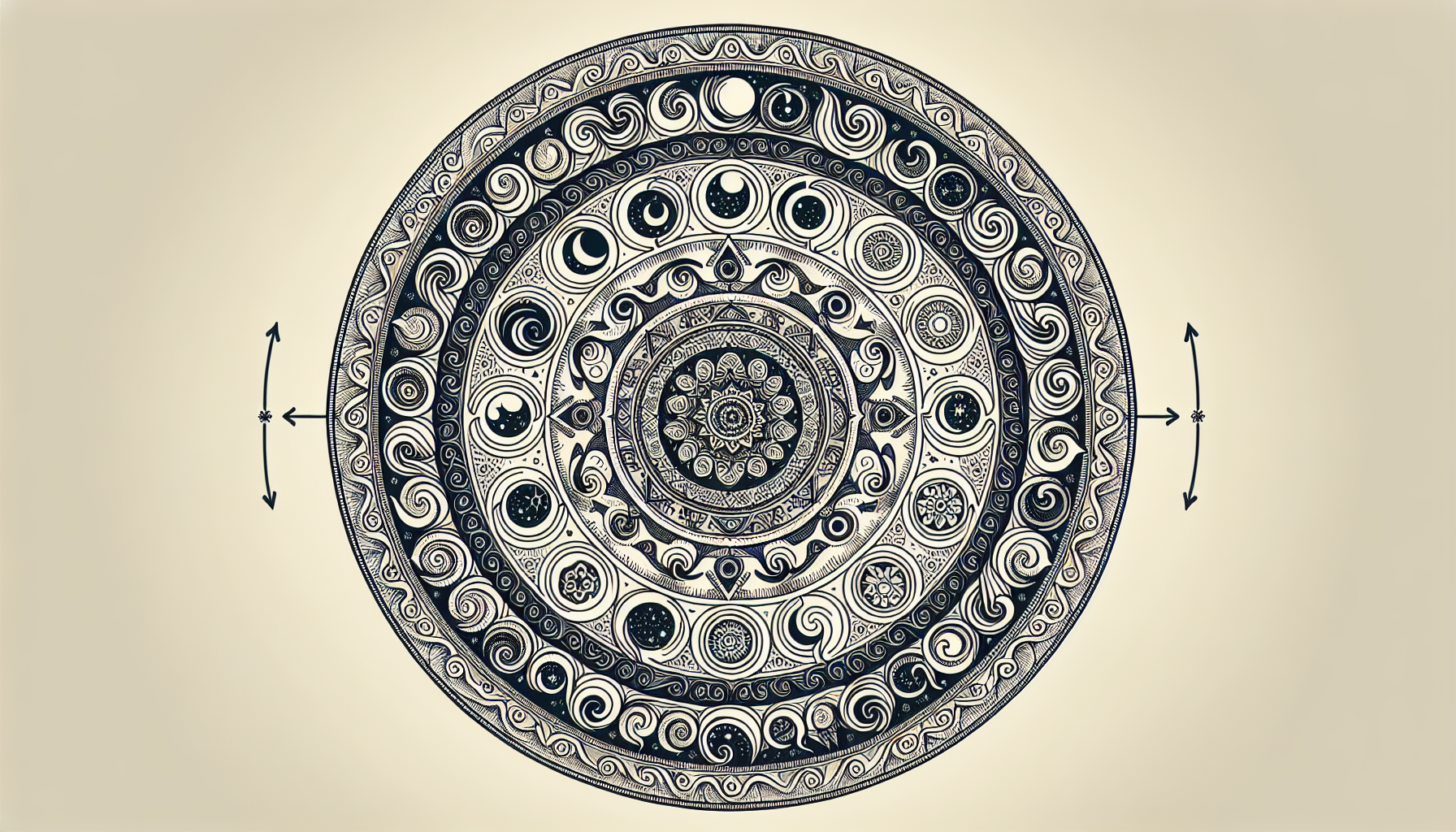The Couture Pay Gap: Comparing Salaries of Emerging vs. Established Designers

To fully grasp the couture pay gap, it is crucial to define the distinctions between emerging and established designers. Emerging designers are typically recent graduates or individuals with limited experience who are striving to carve out their niche in the fashion world. In contrast, established designers have a proven track record, a loyal clientele, and often enjoy significant media recognition. This difference in experience and visibility has a direct correlation with their earnings. Research indicates that emerging designers can expect to earn between $30,000 and $50,000 annually, influenced by factors such as geographical location, company size, and specific job roles. For example, a young designer working for a small startup in New York City might earn around $40,000. Conversely, established designers, who have successfully navigated the industry and built their brands over the years, can earn six figures or more, with top names in fashion raking in millions annually. This stark contrast raises critical questions about the sustainability of a career in fashion for emerging talent.
Factors Influencing Salary Disparities
Several key factors contribute to the couture pay gap: 1. Brand Reputation: Established designers benefit from years of hard work, marketing, and networking that enhance their visibility and desirability in the market. Their established names are synonymous with quality and prestige, allowing them to command higher prices for their creations. 2. Client Base: Established designers often enjoy a roster of high-profile clients willing to invest significant sums in their work. In contrast, emerging designers may struggle to attract clients who are hesitant to take a chance on unproven talent, limiting their earning potential. 3. Market Demand: Designers who can respond to current trends and consumer preferences effectively can command higher prices for their collections. Emerging designers often face the challenge of breaking into a saturated market dominated by established names, making it difficult to secure lucrative contracts.
Personal Stories: The Designer Experience
To illustrate the impact of the couture pay gap, we spoke with several designers at different stages of their careers, revealing their financial realities and aspirations. Emma, an Emerging Designer: "I graduated from fashion school two years ago, and I’m currently designing for a small boutique. I love what I do, but financially, it's tough. I'm earning around $35,000, and it feels like I'm constantly hustling to make ends meet. I hope that with more experience and a stronger portfolio, I can eventually break into a higher income bracket." James, an Established Designer: "After launching my brand a decade ago, I’ve been fortunate to build a solid client base. My earnings can fluctuate, but I typically make around $200,000 a year. It took years of hard work, networking, and sometimes, a bit of luck to get here. I remember those early struggles; it was a grind, but persistence paid off." These accounts underscore the contrasting financial realities faced by designers at different stages of their careers, highlighting the challenges and triumphs that shape their journeys.
Navigating the Gap
For emerging designers, understanding the couture pay gap can help set realistic expectations and strategic career goals. Building a strong network and cultivating relationships within the industry can open doors to opportunities that lead to higher earnings. Additionally, diversifying skill sets and exploring collaborations can enhance visibility and marketability, making it easier to break into the market. For established designers, assuming mentorship roles can provide invaluable support to emerging talent. By sharing their experiences and insights, they can help bridge the gap and foster a more equitable fashion industry. Mentorship also offers established designers a chance to give back to the community that helped shape their careers.
The couture pay gap between emerging and established designers reveals the complexities of the fashion industry's financial landscape. While emerging designers face significant challenges in securing lucrative positions, those who persevere can eventually find success and recognition. As the industry evolves, it is crucial for both emerging and established designers to understand these dynamics and collaborate toward a more inclusive and equitable environment. By fostering mentorship, promoting collaboration, and committing to shared growth, the fashion community can work to close the pay gap, ensuring that talent is recognized and rewarded, regardless of where it stands on the career ladder. Through these efforts, the industry can create a more sustainable future for all designers, paving the way for the next generation of creative visionaries.
Junior Fashion Designer
Startups, boutique fashion houses, and apparel manufacturers
Core Responsibilities
Assist in the creation of design concepts and collections, tailoring them to specific target markets.
Collaborate with senior designers to produce technical sketches and prototypes.
Research fashion trends and fabrics to inform design choices.
Required Skills
Proficiency in design software such as Adobe Illustrator and Photoshop.
Strong understanding of textile properties and garment construction.
Excellent communication skills to work within a team environment.
Fashion Merchandiser
Retail fashion chains, department stores, and e-commerce platforms
Core Responsibilities
Analyze market trends and consumer behavior to inform product selection and marketing strategies.
Coordinate with design and production teams to ensure timely product launches.
Develop visual merchandising strategies to optimize in-store displays and online presentations.
Required Skills
Strong analytical skills to interpret sales data and forecasts.
Creative eye for visual presentation and branding.
Effective negotiation skills for vendor relationships and pricing.
Fashion Marketing Coordinator
Fashion brands, PR agencies, and marketing firms
Core Responsibilities
Assist in developing and implementing marketing campaigns to promote fashion products.
Manage social media accounts and engage with the audience to enhance brand visibility.
Organize fashion shows, events, and promotional activities to connect with target audiences.
Required Skills
Familiarity with digital marketing tools and trends, including SEO and content marketing.
Strong writing and communication skills for crafting promotional materials.
Ability to work under pressure and meet tight deadlines.
Textile Designer
Textile manufacturing companies, fashion brands, and interior design firms
Core Responsibilities
Create innovative patterns and designs for fabrics, considering both aesthetics and functionality.
Collaborate with product development teams to ensure designs meet production requirements.
Stay updated on textile innovations and sustainability practices in the industry.
Required Skills
Expertise in textile technology and an understanding of fabric properties.
Proficiency in design software such as CAD and textile design programs.
Strong visual and creative skills to produce appealing designs.
Fashion Buyer
Department stores, specialty boutiques, and online retailers
Core Responsibilities
Research and select fashion products to be sold in retail stores based on consumer trends and demand.
Negotiate with suppliers and vendors to secure favorable pricing and terms.
Monitor inventory levels and sales performance to make informed purchasing decisions.
Required Skills
Strong analytical skills to assess market trends and sales data.
Excellent negotiation and interpersonal skills for vendor relations.
A keen fashion sense and awareness of current trends.


